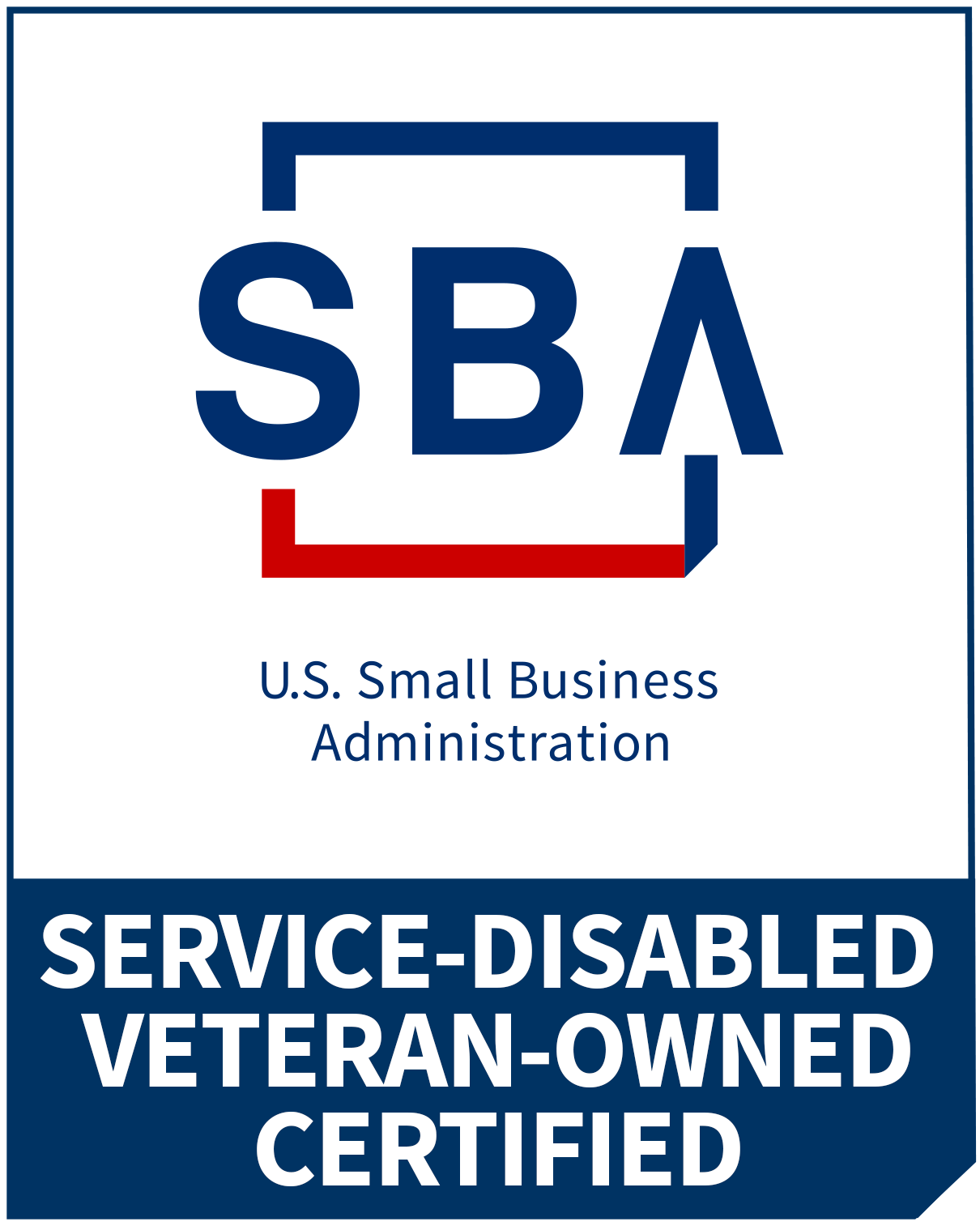What makes a CX job an actual CX Job?
When I left my last internal, corporate CX gig to go back into consulting, I wasn’t interested in taking on another full-time job. But a series of continuing interactions with recruiters and start-up founders has made me curious about it so from time to time I poke around on job boards and take a look more generally at what’s ‘out there’ on the CX job market.
If you’re looking for CX work, or if like me you just dip into Glassdoor or LinkedIn Jobs every once in a while just to see what’s up, you may have noticed what I did: It’s like the Wild West out there!
I don’t know if it’s because CX is a relatively young field (or at least it’s become more prevalent lately) or if perhaps “Customer Experience” is becoming popular enough as a term or perhaps a catch-phrase in the business world that it’s popping up more often. But one thing’s for certain: There are a lot of jobs listed out there whose titles at least sound like they’re CX. My first thoughts on this took me back to the trend many years ago where organizations were falling all over themselves to create a Quality Department or Office of Operational Excellence or Business Process Improvement Team and I wondered if perhaps this was another trend that companies are chasing after with varying degrees of success and different levels of actual dedication. […]
What to do with Customer complaints… Today’s #CXQOTD
Three things:
– Respond
– React
– Reflect
(I *just* made that up, seriously…) pic.twitter.com/RLUOxydfCY— ✵Nicholas Zeisler (@NicholasZeisler) May 14, 2020
Does FCR make sense? It depends.
I recently took part in a discussion among CX experts regarding FCR, short in our parlance for First Contact Resolution. That it used to be called First Call Resolution speaks to one point I want to make. We struggled with this in the last job I had as the Director of CX: How to even define FCR.
Some on the team wanted to drive it from our own internal metrics, based on actual experiences of our Customers rather than from surveying them. I generally recommend and prefer this sort of approach: While it’s always great to solicit feedback from our Customers, it’s even better to capture their actual experiences. If a Customer says it took too long, that’s valuable feedback, but if you’re like me, your first question is, “Okay, how long is ‘too long?’ How long did it actually take?” Knowing that can help us better determine what our goals should be.
That makes sense, but context matters. Consider the following scenario: A Customer contacts your support desk through online chat and the agent (or bot!) immediately recognizes that the complexity of the issue requires live over-the-phone support and directs the Customer to call a specific number. The Customer calls right away, gets right through (perhaps because this is a dedicated line explicitly for this sort of circumstance), the telephony system recognizes the Customer’s phone number and pre-populates the tools for the phone agent with all the information needed. Armed with this data the agent is able to quickly and effectively walk the Customer through a recovery tree and resolve the issue. The Customer is not only satisfied, but probably pretty impressed by how easily your organization moved him or her between channels and solved the problem. […]
Getting buy-in for your CX initiatives is today’s #CXQOTD
Tough job: But #cx is the fulcrum of improvement… Tie out operations to leadership by way of CX metrics: pic.twitter.com/yEOnxrZNNG
— ✵Nicholas Zeisler (@NicholasZeisler) May 11, 2020
CX advice from George Lucas? #CXQOTD
Eternal advice from the ultimate guru himself:
<(-_-)> pic.twitter.com/GvCTIeIqW5— ✵Nicholas Zeisler (@NicholasZeisler) May 8, 2020
Making the best of a bad situation
There’s saturation of Covid-19/coronavirus blogging these days, so I’m mostly avoiding it. Naturally with a caveat like that, this’ll be a post about…Coronavirus of course. But this isn’t about coping or stress or health-in-a-lockdown or how-everything-will-be-different or whatnot.
Right as everything was beginning to hit, I was actually in Las Vegas speaking at a conference. Of all places, at all times, I know. It was early March, and we were right at the cusp of realizing that things were not good. Nothing had really been shut down yet, I recall talk of ‘social-distancing’ as a novelty, people were cautious about shaking hands. In all, it was a weird precipice where we all kind of had an idea that things were going to get weird and bad, but not how badly and even not really how. One thing was for sure, even before politicians started shutting our communities and states and economies down: This was going to negatively impact business.
One of my fellow participants and I struck up conversation over a drink and she said something like, “so how do you plan to take advantage of this?” She wasn’t being evil or cynical. She was just acknowledging that times of crisis often also offer opportunities. After all, it’s Warren Buffett who’s credited with saying to be fearful when people are greedy and be greedy when people are fearful. But as we spoke, she went a little deeper and said even more bluntly: “This is a dream for anybody in investor relations, don’t you think?” And she’s right. To put a finer point on it, she said, “You can try something new, a new business venture, a new product, be experimental in your business; and anything that goes wrong you can just blame on the virus.”
[…]





